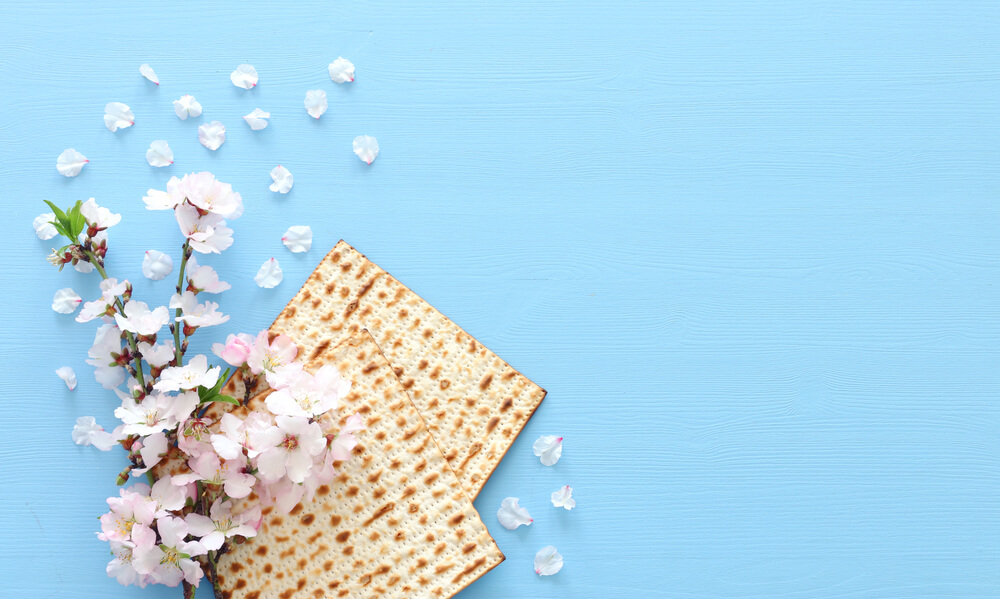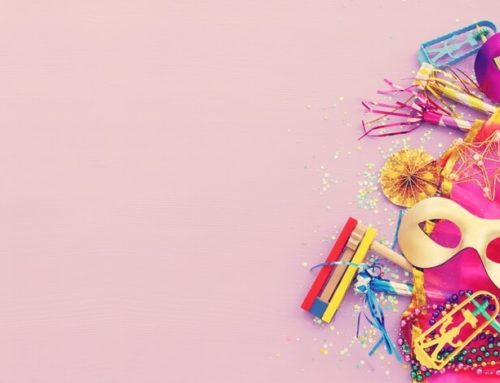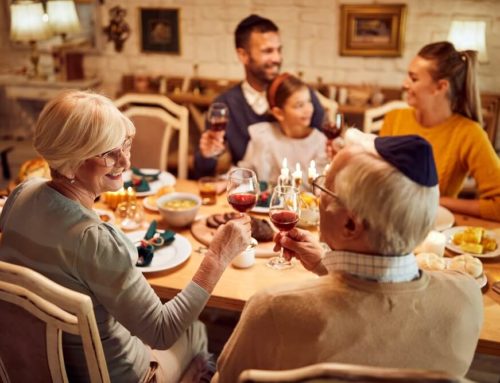Passover in 2023 will start on the evening of the fifth of April and will last until the thirteenth, which will be Thursday. As the holiday is nearly approaching, those observing the traditions and Jewish culture will rid their pantries of leavened bread and prepare for a seder.
As you may know, besides providing outstanding South Florida Mohel services, Dr. Krinsky also aims to help people learn more about Jewish culture and traditions.
Passover is a Jewish event that retells the Biblical story of the Jews being freed from slavery in Egypt. Typically, each family will observe the holiday of Passover with its own set of rituals.
Those new to Jewish culture or the observance of Passover may have several questions regarding the topic. What is Passover food? What is a seder or Haggadah? In this article, we shed more light on the holiday of Passover.
Celebrating Passover in 2023
As mentioned above, Passover observes the story of Exodus, in which God frees the Israelites from Egyptian slavery. The holiday celebration is prescribed in the Torah or the Old Testament’s book of Exodus. Jewish culture celebrates Passover for eight days, incorporating themes such as family, remembrance, freedom, social justice, springtime, and more. All of these topics are symbolically represented or discussed, usually during the Passover seder or the ritual of retelling the Biblical story, eating typical Passover food, and other traditions.
When Is Passover Held?
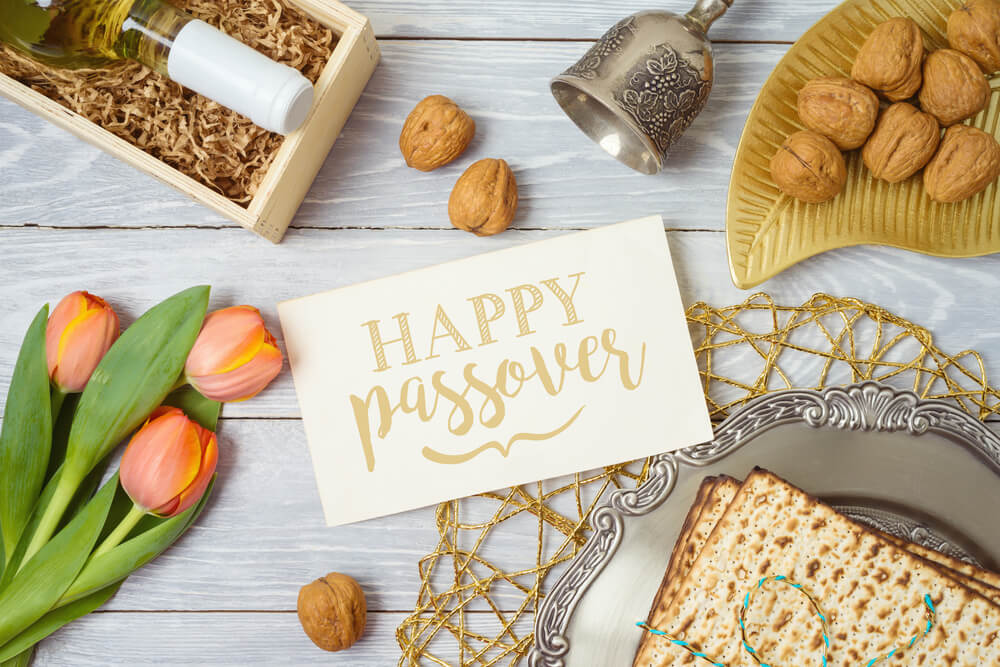
Typically, the holiday will take place early in spring, in the Hebrew month of Nissan, as prescribed in the Torah. More specifically, the Book of Exodus states that the holiday should start in the evening on the fourteenth day of that month. Then, those who observe the celebration will eat unleavened bread until the twenty-first day of the same month, until the evening.
And as the Hebrew and the Gregorian calendar don’t match up, the specific Passover date (just as other Jewish holidays) changes yearly.
The Story of Passover
In essence, the storyline of Passover tells that the Parah feared that there would be too many Jews in Egypt, and to put a stop to this, he forced slavery upon them and demanded that all Jewish baby boys be exterminated. Then just a baby, Moses is saved by his mother, leaving him to float in a basket down the Nile. Eventually, the Pharaoh’s daughter finds and adopts him.
Fast forward, Moses flees to the desert after killing his slave keeper, where he encounters the burning bush of God that tells Moses to lead the Jews out of Egypt and, ultimately, slavery.
Before leaving Egypt, Moses asks the Pharaoh to let the Jews go, and each time the Pharaoh replies with a “no.” God sends a plague to his country. God sent a total of ten plagues (the last one being the death of the firstborn sons), and the Jews all marked their doors with lamb blood so that the angel of death wouldn’t hurt their children. This is where the name Passover or “Pesach” comes from. In the end, the Israelites were freed from slavery and made it to the Promised Land after 40 years of wandering in the desert.
The story of Pesach is recited in the Haggadah, and those who observe the holiday will read the Haggadah when retelling the story.
Generally, retelling the story of Exodus and mentioning the ten plagues are all key fixtures in a Haggadah, which has several versions, all of them retelling the story fitted with political, religious-, and age-specific needs.
About the Term “Seder”
The word “seder” comes from Hebrew, translating to “order.” In the context of Pesach, it means the rituals, the storytelling, the singing, and eating the Passover food on the first (and sometimes the second night) of the observance.
In other words, the seder may be considered a religious service in which the family eats, sings, drinks wine, eats Passover foods, talks about current social justice problems, and tells stories from the Haggadah.
Passover Foods and Key Passover Symbols
When looking at a Passover table, you may see a particular plate that contains a tiny amount of specific foods.
In Jewish culture, this is called the seder plate, and each food item on the plate represents a specific Passover aspect.
Roasted shank bone represents the Pescah sacrifice; an egg is the symbol of spring and the circle of life, a haroset symbolizes the mortar used by the Jews; karpas also symbolize spring, while bitter herbs stand for Jewish slavery.
Three cracker-like pieces of matzah (unleavened bread) are also placed on the seder table. These represent the bread that the leaving Israelites took with them while fleeing Egypt. There’s also salt water which represents the enslaved people’s tears. Kiddish cups are placed around the table, and holiday observers are supposed to drink at least four wine cups during the Passover seder.
Often, there are two extra cups at the table. One is for the Prophet Elijah, with wine, and the other with water for Miriam, Mose’s sister.
If you are new to Jewish culture and traditions, it can be overwhelming to keep all of this in mind. As a matter of fact, the main purpose of Passover is to retell the story of the end of Jewish slavery in Egypt and finding the Promised Land. The Haggadah typically does a great job explaining all the holiday’s key aspects and main symbols. Also, there is a section in the seder (the four questions) where the youngest sitting at the table asks about the different Passover symbols, and the elders are supposed to explain them.
On that note, Passover is all about learning about Jewish culture and about how the Jewish got freed from slavery.
When discussing traditional Passover foods, the menu mostly depends on the family tradition. Usually, there will be matzo ball soup, beef brisket, gefilte fish, chicken, and potatoes.
The Importance of Unleavened Bread
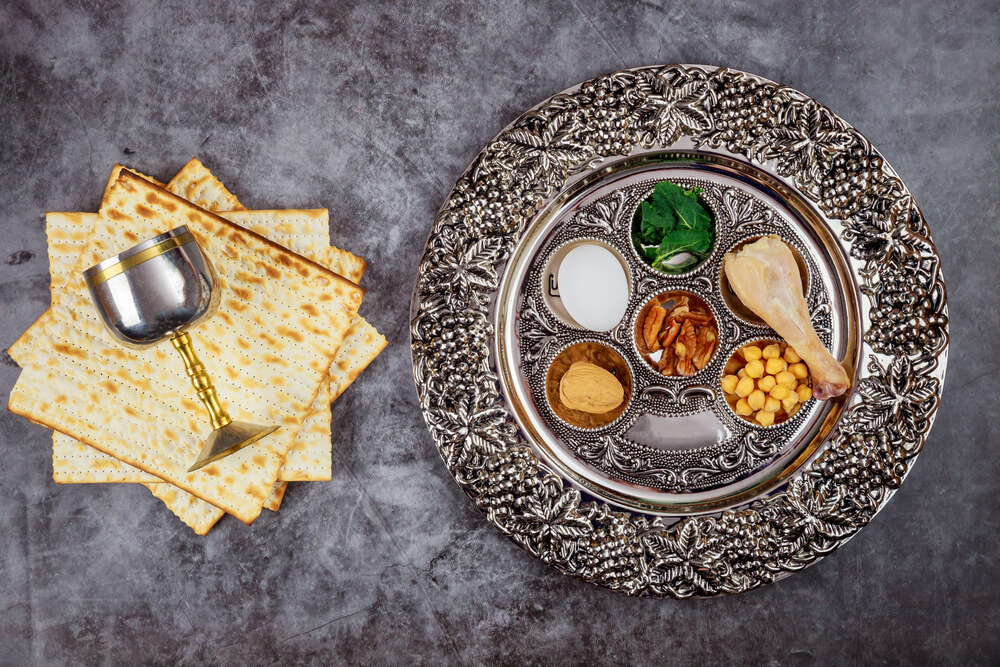
Those who observe Passover will refrain from eating leavened foods that are made of grain or “chametz.” This means that there won’t be any bread, pasta, cookies, or cereal during a seder. Furthermore, traditional Jewish families may even clean their entire home from any grain foods.
So, why is unleavened bread so important? After the tenth plague, when the Pharaoh finally agreed to free the Israelites, they wanted to leave Egypt so swiftly that they wouldn’t even wait till their bread rose and instead bought unleavened bread with them. Instead of eating leavened bread, during Passover, bread-like foods are made with matzoh meal, eggs, and fat to remain kosher for the holiday.
Learning About Rich Jewish Tradition
Passover is only one important Jewish holiday. If you want to immerse yourself in the rich history of the Jewish faith, you are free to explore the rest of our blog section, or you can reach out to Dr. Krinsky for more assistance on any topic or Mohel services.



